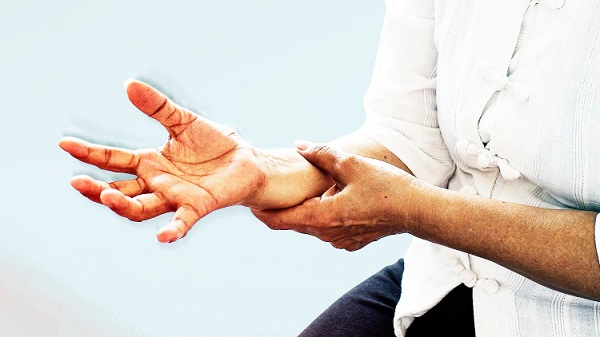
Why are you shaking?
“Grandpa why are you shaking?”
asked the six-year-old son of my nephew who had come with his mother and other siblings to spend the weekend with my family.
Advertisement
I have had such “confrontations” before but this one, coming from a six-year-old took me by surprise.
How am I going to explain this condition to a six-year-old?
I said to him, “Grandpa is shaking because he is not well”.
But this my grandson would not take my response for an answer.
He kept probing till I decided to explain my condition to him in a very simple language.
He must have understood it in his own way because from that time onwards, anytime he saw me exhibit tremors, he would run to hold my hands as if to calm me down.
I know many people would want to ask similar questions but are not bold enough to do so due to obvious reasons.
Other Trending Stories
I will ,therefore, go ahead and create this awareness of Parkinson’s Disease (PD) in this article.
Parkinson’s disease
I was diagnosed with P.D. in 2003, having exhibited some of the symptoms earlier.
Since then, I have tried to update myself on the condition and have consequently read a lot around the subject.
P.D is a progressive neurodegenerative disease. Despite intense research efforts around the world, the causes of PD are still unclear.
However, it is known that PD is triggered by the progressive loss of dopamine brain cells.
Dopamine is a chemical produced by the dopamine brain cells responsible for the smooth co-ordination of body movement.
As the brain cells die, less and less dopamine is produced and transported to the stratum, the area of the brain that coordinates movement.
A combination of the reduction of cells and low levels of dopamine in the brain causes nerve message to the muscle to become slowed and abnormal.
Symptoms
When PD is mentioned today, people’s mind goes to the symptoms of tremors.
But PD has a lot more than tremors.
PD symptoms normally begin from one side of the body first and then progresses to affect the other side.
However, the speed at which symptoms become worse varies from one person to another.
PD symptoms come under two main groupings- motor symptoms and non-motor symptoms.
Advertisement
The motor symptoms include Bradykinesia (slowness of movement), tremor (shaking), rigidity (stiffness of muscles), postural instability, loss of facial expression, difficulty with fine movement such as tying shoe lace or buttoning shirts, difficulty in writing (hand writing tends to become smaller),swallowing problems, speech may become slow and shaky and stooped posture.
For the non-motor symptoms, they include constipation, difficulty with sleeping, cognitive decline and orthostatic hypotension (fainting spells and falling).
The list of symptoms goes on and on.
I am yet to find one other disease whose number of symptoms surpasses that of PD.
Difficulty
My most difficult moments have been the realisation that the things I loved doing most, I cannot do them anymore.
Advertisement
I pick up the saxophone to play or the bass, rhythm and lead guitars and my "stubborn" fingers refuse to corporate.
I decide to play the piano and there is chaos.
As for singing ....haha...don't go there.
..But I'm glad I did my bit when I could. Or did I?
The writer is the President of Parkinson's Disease Support Group Ghana.
Writer’s E-mail: [email protected]
Advertisement




